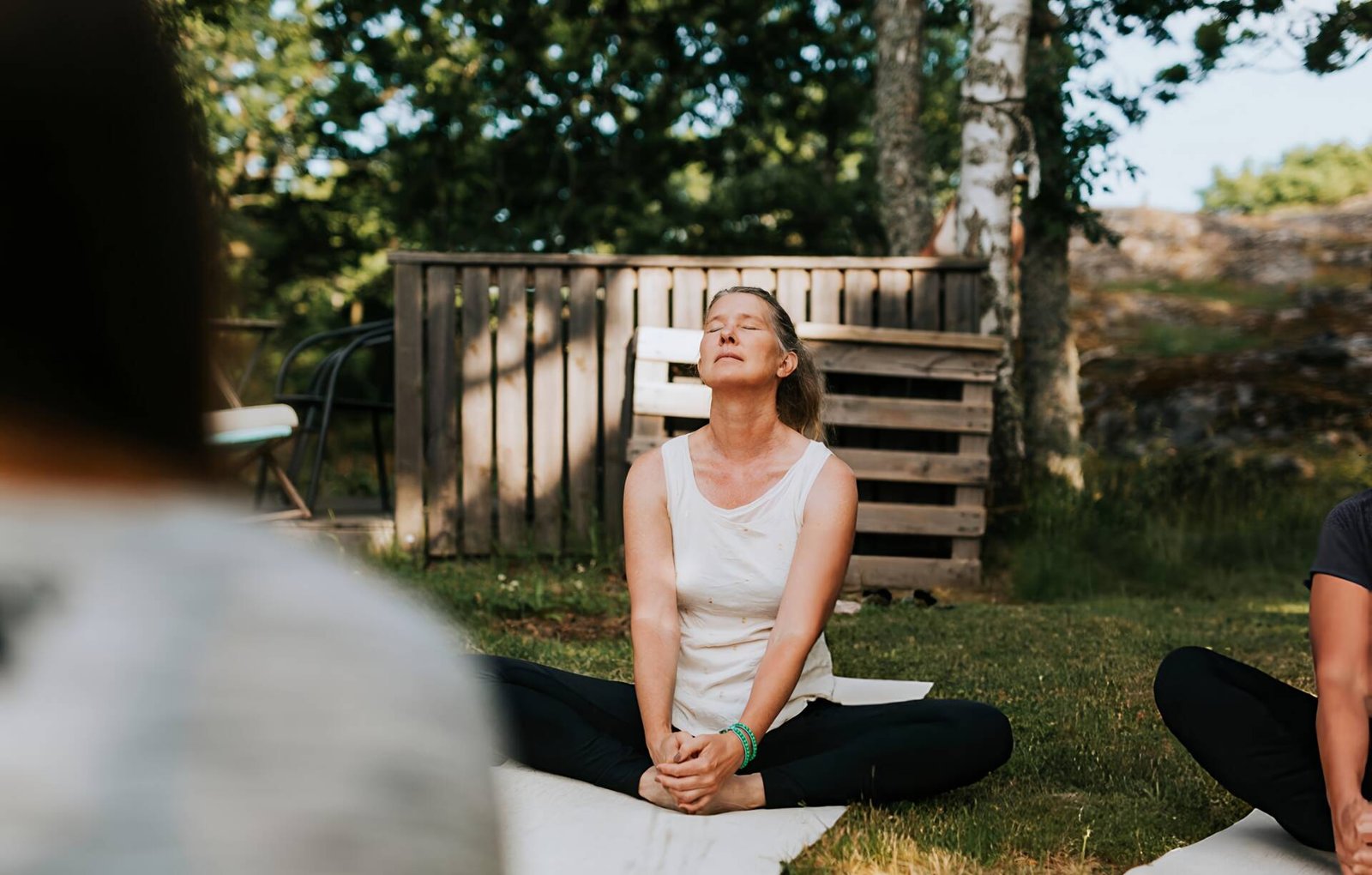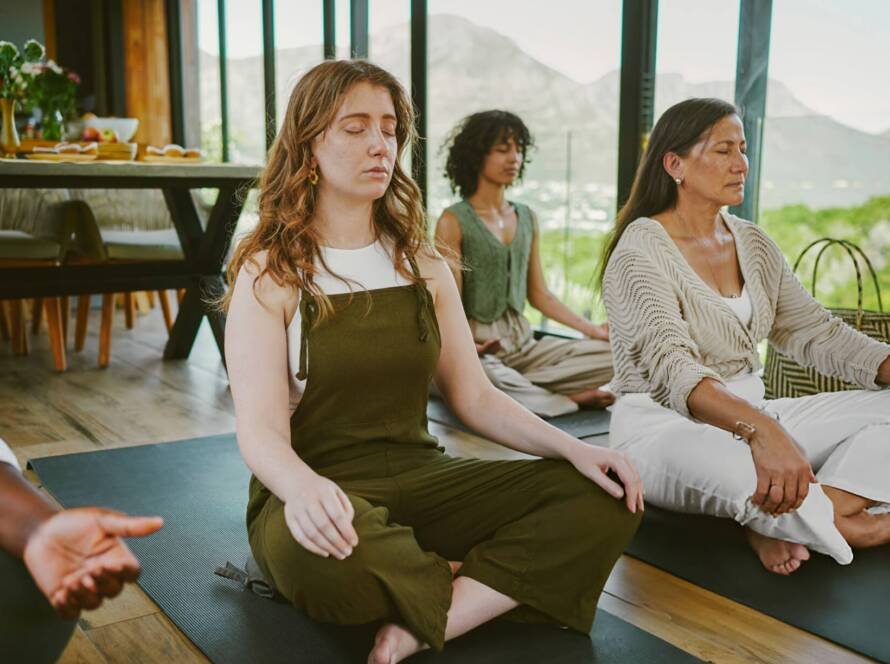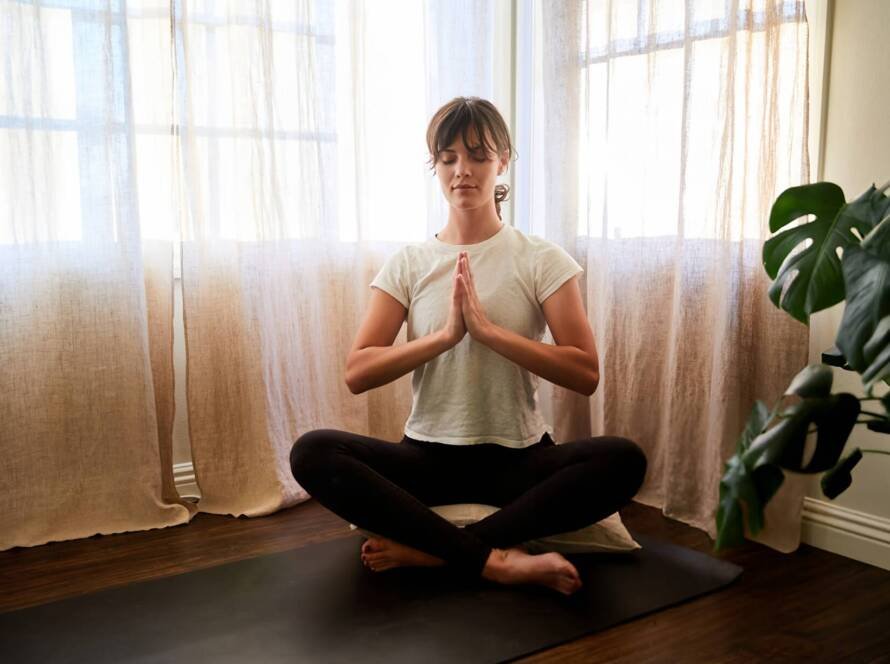Imagine spending days—or even weeks—in complete silence. No buzzing phone, no notifications—just you, your thoughts, and the rhythm of your breath. It might feel both intimidating and intriguing. In a world full of constant noise and distractions, silent retreats are becoming a powerful tool for self-care, mindfulness, and inner peace.
Table of Contents
For busy professionals, silent retreats offer a much-needed reset—a chance to step away from chaos and reconnect with themselves. For meditation enthusiasts, they provide a way to go deeper into the mind and expand their practice. These retreats aren’t just about being quiet; they’re about creating intentional solitude, making space to reflect, process emotions, and gain clarity—something hard to achieve in our fast-paced lives.
But what is it like to spend days in complete silence? How does it feel to strip away distractions and face your inner world? How do you prepare for such an experience, and how can you make the most of it?
As a meditation teacher, I’ll guide you through everything you need to know about silent retreats—their life-changing benefits, how to prepare, what a typical day looks like, and how this ancient practice can transform your mindset and strengthen your connection to yourself. Whether you’re considering your first retreat or looking to deepen your understanding, this guide will help you take the first step toward this transformative experience.
What is a Silent Retreat?
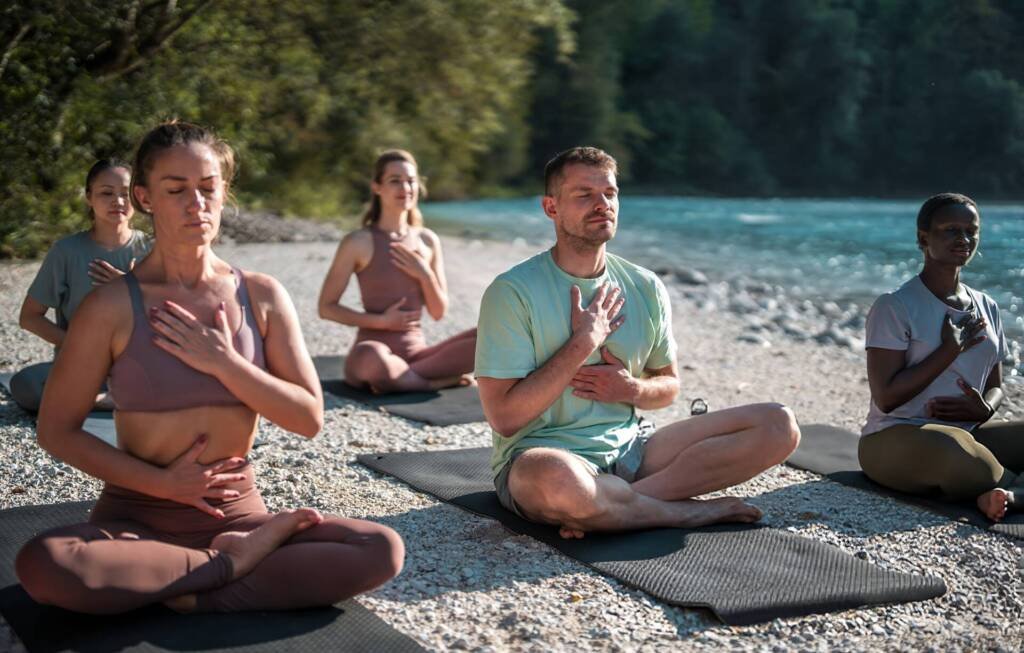
A silent retreat is a dedicated time for participants to embrace silence and mindfulness in a supportive, guided setting. Participants refrain from speaking, writing, and often using technology. The purpose of this intentional silence is profound: to break away from external noise and distractions, creating space to connect more deeply with their inner thoughts and emotions.
Most silent retreats are led by experienced meditation instructors who incorporate practices such as guided meditation, mindful walking, and intentional eating. These retreats might follow a particular tradition, such as Vipassana (a 10-day Buddhist meditation retreat focusing on insight) or Zen retreats emphasizing deep stillness and contemplation.
From my years of experience, retreats aren’t about getting rid of thoughts but learning to observe them without judgment. They’re about tuning into yourself and appreciating every moment. This shift can feel radical but rewarding.
If you’re curious to explore various forms, well-known centers such as Spirit Rock in California or Plum Village in France offer different approaches to silence suited to beginners and advanced meditators alike.
The Transformative Benefits of Silence
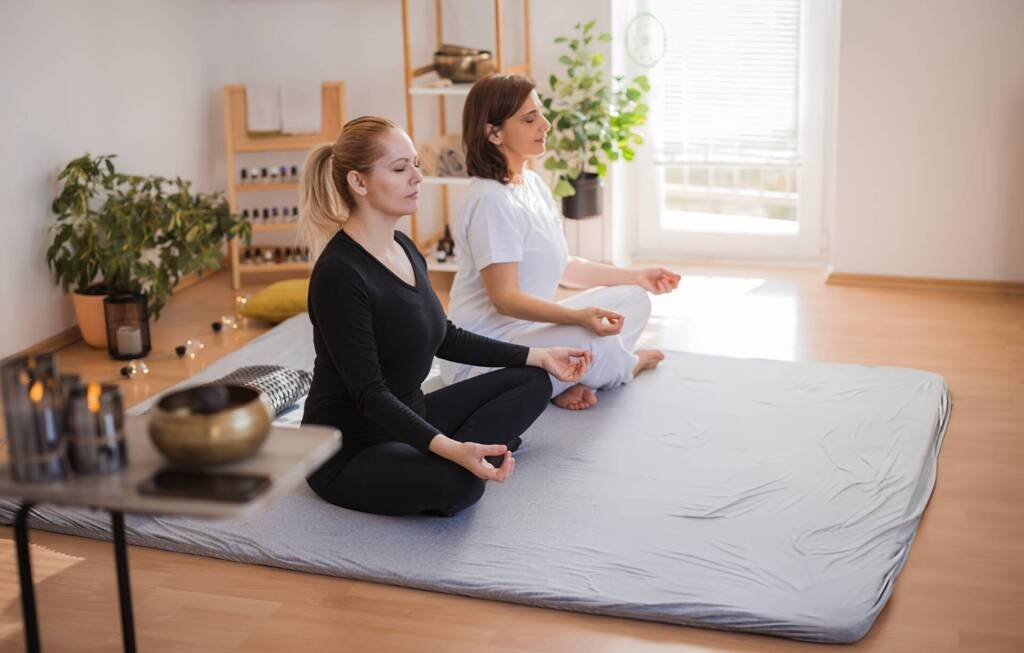
What’s so special about silence? You’d be surprised at how it affects the body, mind, and spirit. Silent retreats allow participants to step back and immerse themselves in a world far from the typical chaos of everyday life. These are just some of the profound benefits they offer.
Mental Clarity and Emotional Resilience
Silence allows the mind to settle and find clarity. In our busy, fast-paced lives, it’s easy to get caught up in the constant hustle, where endless to-do lists, deadlines, and the noise of daily responsibilities drown out our internal voices. Taking a retreat offers a much-needed pause—an opportunity to step away from the chaos and create space to listen to yourself genuinely.
It provides the stillness needed to process unresolved emotions, reflect on your experiences, and better understand your thoughts. By embracing this intentional time, you can cultivate self-awareness, strengthen emotional resilience, and return to your life feeling more balanced and in tune with who you are.
Stress Reduction
Meditation’s benefits are well-documented and continue to gain attention in scientific and wellness communities. A study published in JAMA Internal Medicine highlighted how mindfulness meditation can significantly reduce stress and anxiety levels. Mindfulness meditation participants reported feeling more grounded and better equipped to handle daily pressures.
By engaging deeply in meditative silence over days or weeks, they experienced a noticeable improvement in their mental clarity and emotional stability. Beyond stress reduction, meditation has also been found to enhance focus, improve sleep quality, and foster a greater sense of overall well-being, making it a powerful tool for navigating life’s challenges.
Creative Breakthroughs
When the noise quiets, creativity tends to flourish. This might explain why so many creatives, from writers to entrepreneurs, are drawn to silent retreats. In a world filled with constant distractions, the opportunity to disconnect from the hustle and bustle can be transformative. Solitude gives your mind the space to breathe and allows you to break through mental barriers and approach problems with a fresh perspective. Away from the noise, ideas can flow more freely, and solutions often emerge in unexpected ways, making silence a powerful tool for innovation and self-discovery.
Real-Life Experiences

One participant of a 10-day Vipassana retreat described their life-changing experience: “I entered feeling overwhelmed by my career and weighed down by the constant noise of daily life. The retreat was challenging at first—spending 10 days in complete silence is no small feat—but it gave me the space to reflect deeply. By the end, I emerged with a newfound clarity, finally able to make decisions I had been avoiding for years. The silence allowed me to reconnect with what truly matters and left me with a renewed sense of purpose.”
Preparing for a Silent Retreat
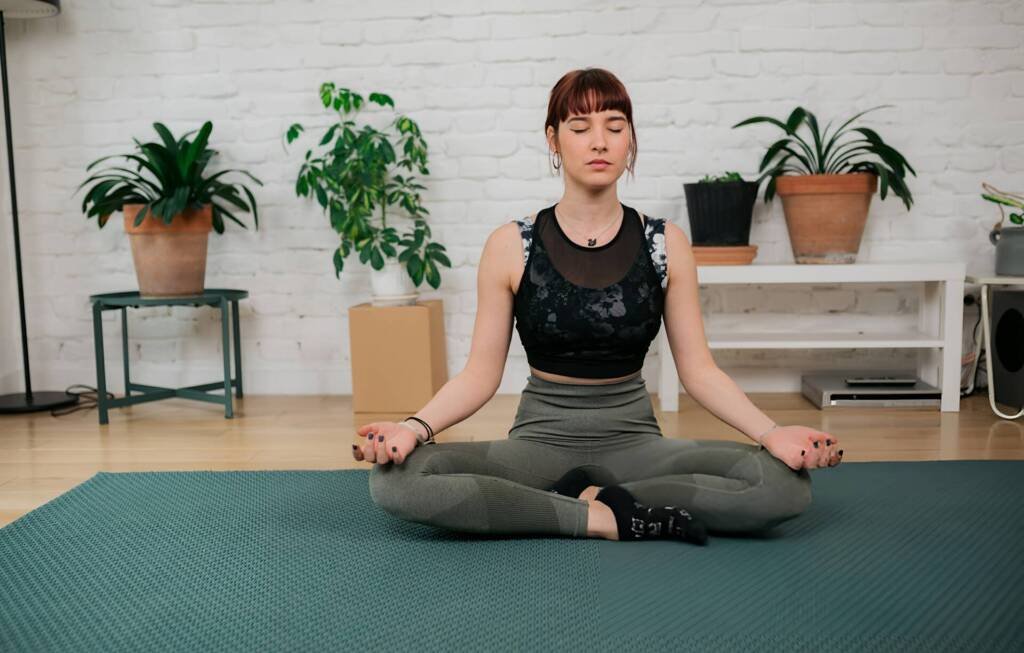
Going from the noise of daily life into complete silence can feel daunting, but with some preparation, the experience can be deeply rewarding. Here are steps to help you prepare mentally, practically, and spiritually for embracing silence.
Mental Preparation
- Practice Short Silences: Start small by dedicating a few minutes each day to quiet reflection. Sit in a calm space, close your eyes, and observe your thoughts or your breath. Gradually build up to more extended periods as you become more comfortable with the stillness. These small moments will help ease you into the idea of extended silence.
- Acknowledge Fears: Are you afraid of silence? Are you worried that your thoughts will overwhelm you or that you might feel restless? These fears are completely normal! Remind yourself that discomfort in the beginning is part of the process. Growth often comes from leaning into this discomfort and allowing yourself to sit with it. Over time, what once felt overwhelming can become a source of peace and clarity.
- Detach from Technology: Practice disconnection by putting your phone or devices away for an hour each evening. Use this time to read, meditate, or relax without distraction. This will help make the total disconnection required during a retreat less jarring. Gradually increasing the amount of time you spend without screens will allow you to adapt more smoothly to being fully unplugged.
Practical Preparation
- Pack Essentials: Pring comfortable, loose-fitting clothes for meditation and light walking. A meditation cushion or yoga mat can help with seated sessions, and a refillable water bottle will keep you hydrated. Pack any personal care items like toiletries or medications. While writing tools aren’t needed during the retreat, a journal can help you reflect on your experience afterward.
- Review Guidelines: Carefully review the retreat center’s guidelines in advance. These could include dietary restrictions, such as vegetarian-only meals, expectations around silence during the retreat, or rules for group participation. Understanding these policies beforehand will help you feel more prepared and avoid unexpected surprises that could disrupt your experience.
- Prepare Your Loved Ones: Let your family or close friends know that you’ll be out of touch during the retreat. Share your schedule and explain the purpose of your absence so they understand the importance of the experience and won’t worry when communication is limited. Setting these expectations can give you peace of mind, allowing you to immerse yourself in the retreat without distractions fully.
Spiritual Preparation
Before you arrive, take some time to set an intention for the retreat. Think about what you hope to gain or focus on during your time here. You intend to cultivate more patience in your daily life, deepen your sense of self-compassion, or clear away the mental clutter that’s weighing you down.
Reflect on what has been challenging you lately and how this retreat could support your growth. Setting a clear intention gives your practice deeper meaning and ensures the experience feels purposeful, helping you stay connected to your goals throughout the journey.
What to Expect During a Silent Retreat?
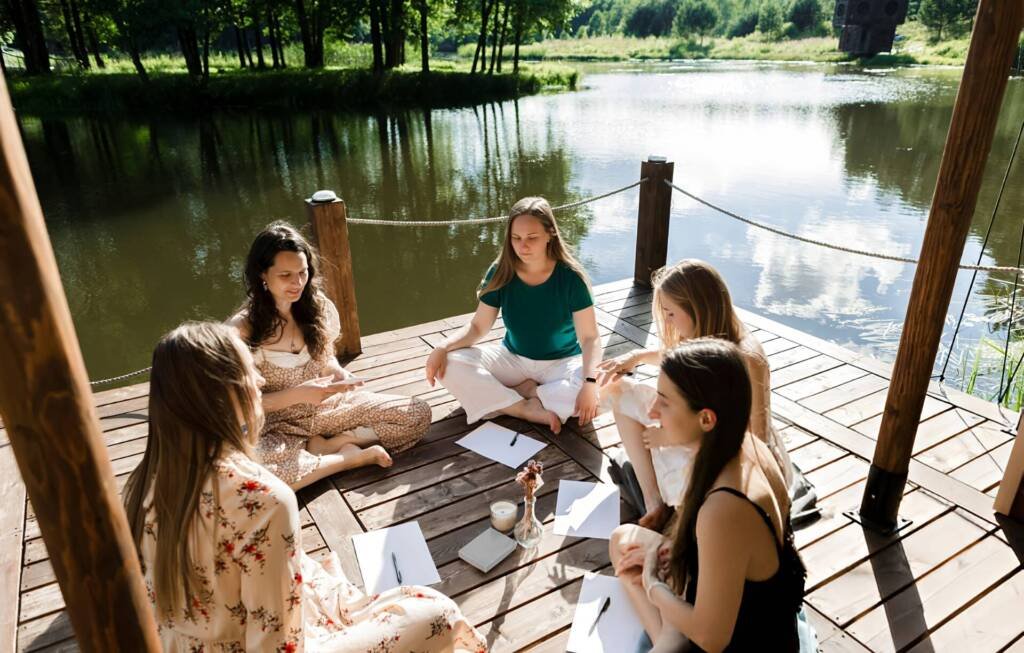
Life on a silent retreat is simple yet profound, offering a unique opportunity to step away from the busyness of everyday life and focus inward. Days typically follow a structured routine that includes guided meditation sessions, mindful eating, and peaceful natural walks. The stillness creates a space to reconnect with yourself and discover a more profound sense of awareness.
Structure of the Retreat
Most days begin early, often before sunrise, with a morning meditation setting the day’s tone. This practice helps participants ground themselves and cultivate mindfulness from the very start. Meals—typically plant-based and nourishing—are eaten in complete silence, encouraging you to savor each bite and genuinely appreciate your food. These meals become an opportunity to practice gratitude and mindfulness.
Afternoons may include additional seated meditations, gentle yoga sessions, or mindful movement practices. Quiet walks, often in serene natural surroundings, provide a chance to observe the beauty of the present moment without distraction. Evenings usually conclude with a group meditation or teachings, helping participants reflect on their experiences. The silence isn’t just external; you’re encouraged to internalize it, approaching each moment with a sense of intentionality and presence.
Challenges and How to Overcome Them
Silence may sound peaceful, but it can also be challenging. Many experience restlessness, discomfort, or unexpected tears. Long sitting periods may bring physical pain, while the lack of distractions forces you to confront your thoughts and emotions. These challenges are natural and show your mind is starting to release old patterns and reach deeper awareness.
Approach such moments as opportunities for growth. When restlessness arises, focus on your breath, grounding yourself in the present moment. If discomfort or difficult emotions surface, remind yourself why you chose to attend the retreat and the value of this inner work. Know that breakthroughs often come after periods of struggle.
From my perspective as a teacher, these moments of discomfort are often where fundamental transformation begins. One participant shared, “I wanted to quit after Day 2. The silence felt overwhelming, and I wasn’t sure I could handle it. But by Day 5, I felt a sense of calm and clarity I hadn’t experienced in years.” Another participant described how facing their emotions during the retreat helped them better understand themselves and their relationships.
Silent retreats aren’t just about removing noise; they’re about creating a space where insight, healing, and growth can flourish. While the journey isn’t always easy, the rewards are profound, offering a sense of peace and clarity that extends far beyond the retreat itself.
Tips for Meditation Teachers Supporting Students
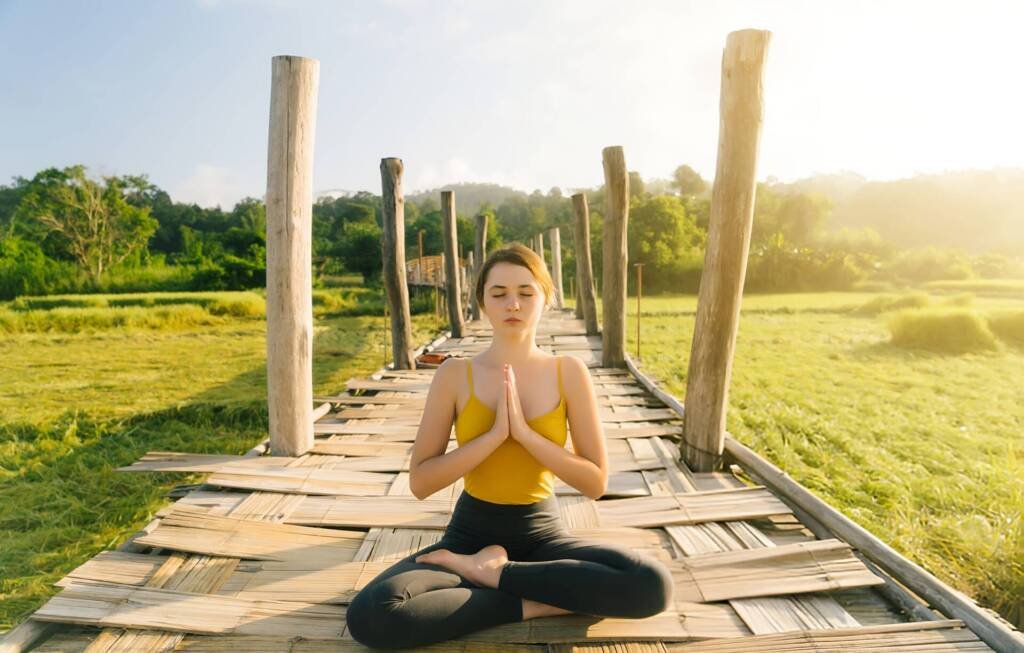
If you’re a meditation teacher, consider these practical ways to guide students preparing for and returning from silent retreats:
- Pre-Retreat Prep: Host guided meditations or workshops that introduce the concept of silence, helping students gradually become comfortable with quiet observation. This could include short silent meditations, discussions about what to expect during the retreat, and ways to prepare for reduced mental communication. Building confidence beforehand helps ease any anxiety about the experience.
- Post-Retreat Support: Once the retreat is over, encourage students to process their experience by journaling their thoughts and feelings or participating in group discussions to share insights. You might also suggest they establish a regular silent practice or schedule weekly check-ins to maintain the retreat’s transformative benefits and integrate them into their daily lives.
- Integrative Techniques: Show students how to weave small, silent moments into their routines, such as savoring a mindful morning coffee, practicing 10-minute meditations before bed, or walking in nature without distractions. These everyday practices reinforce the lessons learned during the retreat and allow them to stay connected to mindfulness sustainably.
Finding Stillness in the Noise
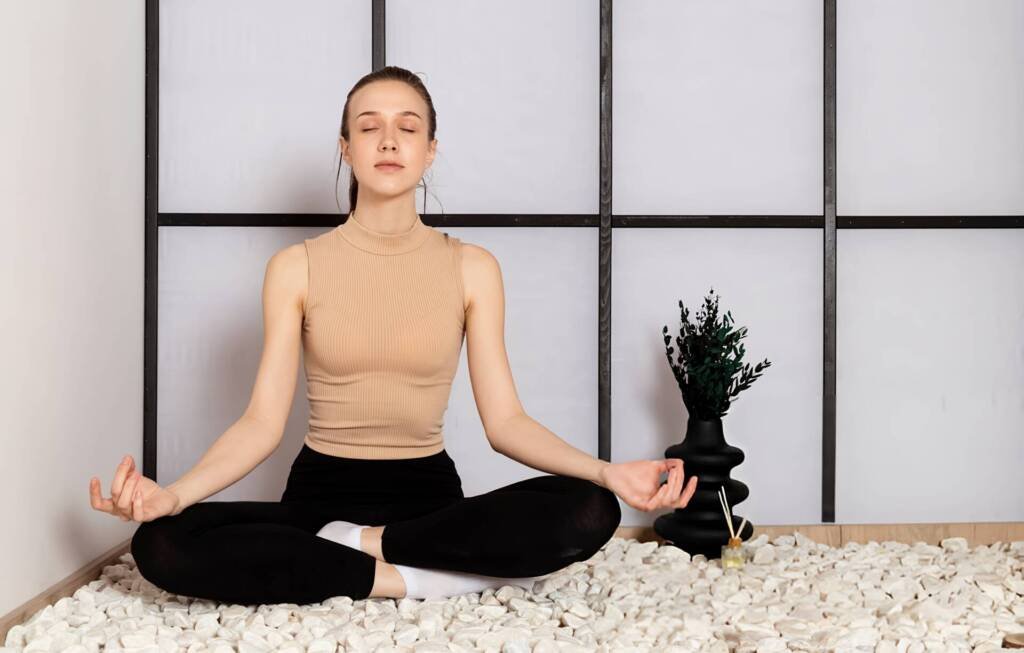
Silent retreats offer potent opportunities for self-discovery, mindfulness, and emotional healing. In today’s fast-paced world, embracing silence helps you reconnect with yourself and find clarity. These retreats create a calm, meditative space where you can focus on your inner self without daily distractions. Whether you’re looking to reduce stress, navigate a life transition, or seek spiritual growth, silence might be precisely what you need to reset and recharge.
Many participants report less anxiety, better focus, and a deeper understanding of their emotions after a retreat. Curious about how it could benefit you? Start by checking local meditation centers, online retreat listings, or speaking with a meditation teacher to find one that suits your goals. Whether it’s a weekend or a weeklong experience, your next step toward peace and clarity might be closer than you think. Take the leap—you might discover a whole new perspective.



